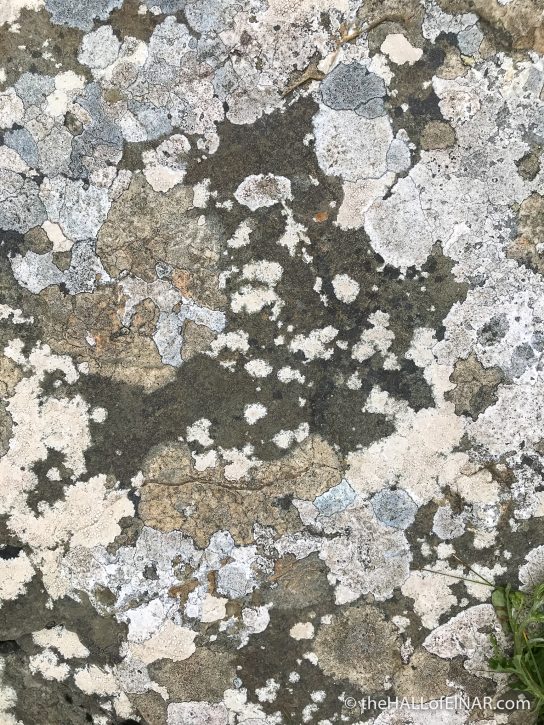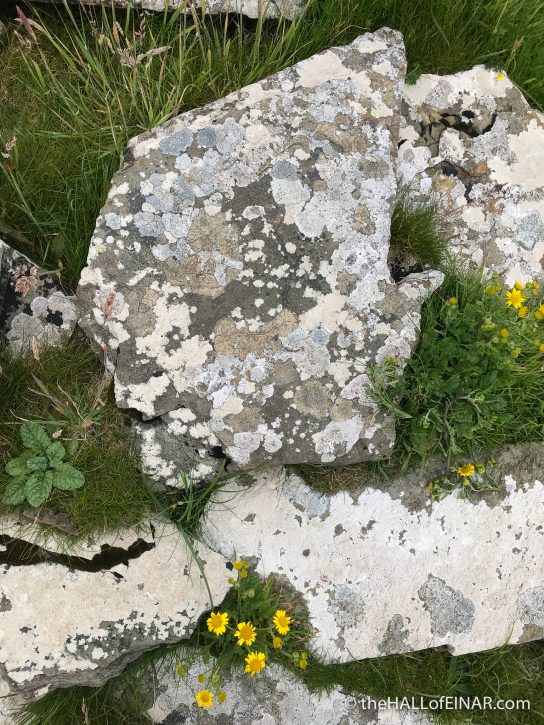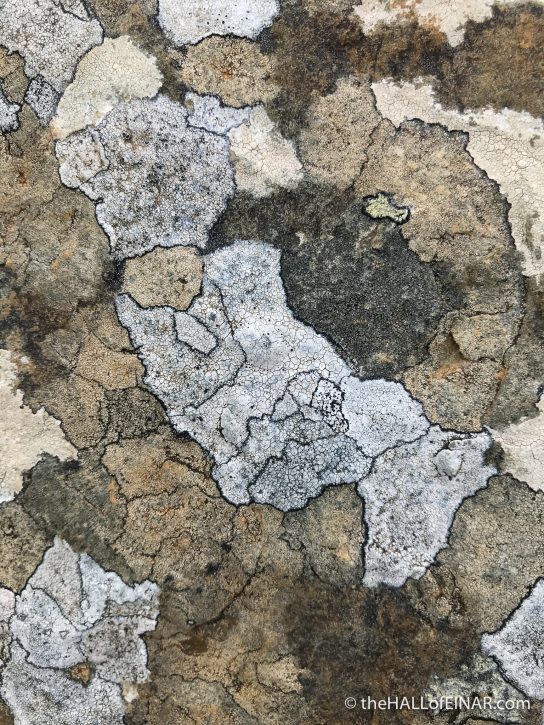I’m lichen it
After nearly all life on Earth is extinguished there will still be lichens. Why? Because they’re a composite organism.
Lichens are mixture of a fungus with a green plant, a species of algae, or a fungus with a bacterium, a cyanobacterium which can produce chemical energy from sunlight by photosynthesis just like a plant. That’s pretty freaky for most people when they become aware of it. How do they live together? When did it start? What do they get from one another? Can they survive alone? Those are some of the typical questions this revelation of conjoined living prompts.
If you think it’s freakish that two species can become one, you’d better not look at human evolution. All animals, plants and fungi have microscopic mitochondria in their living cells which provide power. They were originally primitive bacteria, swallowed by a cell which then developed mutual dependence. Humans have the descendants of primitive bacteria in most of their cells and wouldn’t have evolved if a cell hadn’t swallowed a bacterium billions of years ago. Well done that cell, I say.
The same is true of plants, which contain chloroplasts which photosynthesise to produce the chemical energy from sunlight. A cell once swallowed a cyanobacterium and led to the development of plants as we know them.
This rock is like a map of a miniature world. We also contain a map of our own miniature world. All life is related and mutually dependent and contains within it the traces of our ancestry in our genetics..
It gets worse, if all this swallowing of strange life forms is making you queasy. Humans have something like five to eight percent of their genetic information which has come from viruses. Our animals ancestors in evolutionary times were infected with retroviruses (a well known one is HIV) which then became part of their genes and which they passed on and on for millions of years to us. Our bloated genes are stuffed full of hitchhikers and invaders who have become us.
Living together, appreciating each other and doing what we can for each other has proved exceptionally successful. Lichen can live in arctic tundra, hot dry deserts, rocky coasts, and toxic slag heaps. One individual of an Arctic species is 8,600 years old. There are 20,000 different species of lichen and they cover 6% of the Earth’s surface.
Becoming one. It’s the best survival strategy.




